|
Saturn has dozens of moons, but Titan stands out from the pack. It is Saturn's biggest moon and the second largest in our solar system (The biggest is Jupiter's Ganymede.) Not only is Titan bigger than our moon, it is bigger than the planet Mercury. Titan was first discovered by the Dutch astronomer Christiaan Huygens on March 25th, 1655. As the anniversary of this date approaches, it's a wonderful time to learn more about this mysterious and unique moon. For years, Titan remained a mystery. It has a thick atmosphere of nitrogen, methane, and ethane that hid its surface from cameras for years. It is the only moon in our solar system that is known to have a planet-like atmosphere, and it may even resemble Earth's atmosphere in primordial times. In 1997 the Cassini launched with the Huygens probe. In 2005 the Huygens Probe landed on Titan, seeing the surface for the first time. Since then our knowledge of Titan has grown immensely. Data collected by Cassini sugest the presence of an underground ocean on Titan. Titan even appears to change according to seasons and time of day. It may also look younger than it really is because its craters are slowly being filled in. If you would like to learn more about Titan, Saturn, or the Cassini-Huygens Mission NASA's website has the lastest, up-to-date information as well as gorgeous images and videos to browse. You can also watch the TED talk from 2007 by the leader of the Imaging Team on the Cassini mission below.  Happy Ada Lovelace Day! Today we celebrate women in science and share their stories. The official website has more information and a roundup of stories shared by people all over the world. 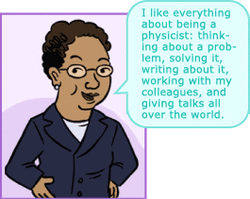 I was wondering is an excellent resource from the National Academy of Sciences. It includes biographies of women scientists, activities, and a forum where you can ask scientists questions. Check out their page on Shirley Ann Jackson for a scrapbook, comic, and activity relating to the life of this amazing physicist. Shirley showed an early inclination towards science and as a child she studied bees and designed fast hot rods to race. Geek Gurl Diaries is a series of video made by an ICT teacher in London. They include interviews with modern women in STEM, inspirational stories, and how-to's videos like how to build a computer. The first video even includes a bit of background information about Ada Lovelace!  You can find more biographies of notable women in science throughout history over at Fact Monster. 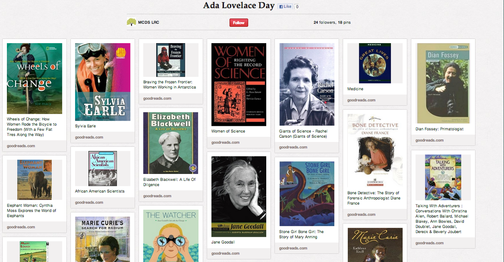 Look at our Pinterest Board for Ada Lovelace Day to find books about female scientists to read. It's been exciting to watch the progress of NASA's Mars Rover as it collects data that will improve our understanding of the universe. We have many books here at the library for aspiring astronomers or anyone who would like to learn more about the universe and our red neighbor. Upper schoolers who would like the chance to find out more about NASA scientists first-hand should consider entering the Cassini Scientist for a Day Essay Contest being held by NASA. 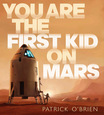 You Are the First Kid On Mars by Patrick O'Brien This book puts readers in the middle of the action by addressing them directly and describing what it would be like to be the first kid on Mars. Extrapolation of future advances is combined with facts about Mars and space travel. The book is beautifully illustrated in the dusty, red palette of Mars throughout.  If you want to know more about astronomy in general and dispel some popular misconceptions, Is There Life on Other Planets? by Gregory L. Vogt is an excellent choice. It covers everything from 'are there really UFOs?' to 'is there sound in space?' in an appealing, magazine-like format. 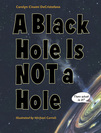 For questions more specific to black holes, A Black Hole is Not a Hole by Carolyn Cinami DeCristofano is a great resource. With beautiful illustrations by Michael Carroll, clear descriptions, and clever analogies throughout DeCristofano makes a difficult concept easy to understand even for young readers. In the process of explaining black holes she also explains gravity, star formation, and many other aspects of astronomy making this a great general overview of the subject as well.  Moonshot by Brian Floca will inspire young readers to learn more about space exploration by describing the historic flight of Apollo 11 with simple language and engaging illustrations. 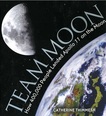 For older readers, Team Moon by Catherine Thimmesh provides more information about Apollo 11 and includes photographs from the mission throughout. 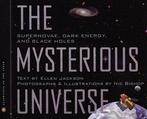 If you want to know more about what it is like to work as a scientist who studies these phenomena, The Mysterious Universe by Ellen Jackson follows Alex Filippenko and the High-Z Supernova Search Team as they explore the mysteries of the universe. Ample photographs by Nic Bishop help readers visualize the life of a scientist. 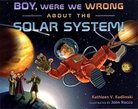 Boy, Were We Wrong About the Solar System by Kathleen V. Kudlinski and illustrated by John Rocco teaches readers about the history of astronomy by reviewing some of the theories that have been disproved. It also shows readers that the important thing is to think creatively and search for the truth, even if that means making mistakes along the way. 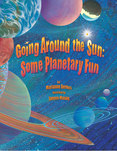 Going Around the Sun: Some Planetary Fun by Marianne Berkes and illustrated by Janeen Mason is a basic introduction to the solar system for young readers. Using rhyming text and colorful illustrations as well as interesting facts, this book will spark children's curiosity. 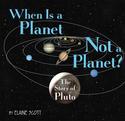 For those still coping with the re-classification of Pluto, When Is a Planet Not a Planet? by Elaine Scott explains how our understanding of the universe has improved and why that has led to Pluto officially becoming a dwarf planet. 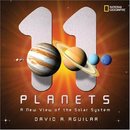 On the bright side as 11 Planets: A New View of the Solar System by David Aguilar explains, we have also gained two other dwarf planets: Ceres and Eris. So at least Pluto has some company. This book provides a basic overview of all the planets for those looking for an introduction to our current view of the solar system. 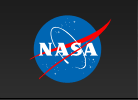 As Pluto's reclassification has reminded us, our understanding of the universe is always changing and improving. As Curiosity explores Mars there will be new data coming in daily. For the latest information, NASA's website is the place to go. 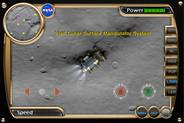 NASA also has a variety of apps to provide the latest news and images directly to your mobile device. Try the Lunar Electric Rover Simulator app for a chance to see what it's like to control a rover. Last but not least, if you want to make your own observations by doing a bit of star gazing, the GoSkyWatch app can help guide you. 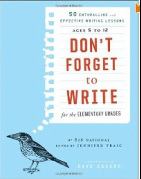 50 enthralling and effective writing lessons age 5 to 12 including one by our own former reading teacher Meg Adler on "Creating a Guide to Modern Girlhood." The entry on Magic Realism suggests "What if sneezes brought good luck? What if you wrote about it?" Picture book writer Jon Scieszka imparts how he gets his ideas. Science teachers don't miss the link to Daniel Radcliffe of Harry Potter fame singing the Periodic Table in chapter 37. Don't Forget to Write by 826 National, editor Jennifer Traig. 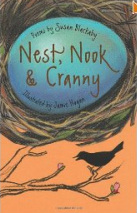 This little jewel of a book will interest naturalists and teachers of poetry alike. Animal poems arranged by habitat delight the eye and ear. The second half of the book explores the different poetic forms used for each animal. For example the hawk entry uses a form called a triolet because "it combines rhymes and repeated lines in a pattern that nicely matches the movement of a circling hawk." Nest, Nook & Cranny poems by Susan Blackaby 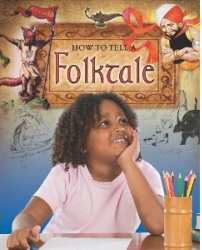 How to Tell a Folktale by Carol Alexander is an amazing "how-to" for writing different types of folk tales including tall tales, trickster tales, pourquoi tales and more. This a very practical book with step by step instruction and wonderful examples covering such elements as dialogue and dialect, setting, plot, theme, and creative responses. If your curriculum covers writing fables, myths or legends, let me know. I will be ordering those titles in this useful series. 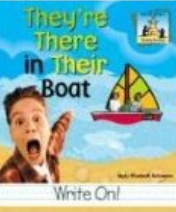 Oh those pesky homophones! Do you know there are college students who misuse these three words? They should have read They're There in Their Boat by Mary Salzmann. These three titles by Ann Heinrichs demystify the mechanics of grammar and its usage in a lively and humorous manner.
 “Written by a master storyteller, World Without Fish (by Mark Kurlansky) connects all the dots—biology, economics, evolution, politics, climate, history, culture, food, and nutrition—in a way that kids can really understand. It describes how the fish we most commonly eat, including tuna, salmon, cod, and swordfish, could disappear within 50 years, and the domino effect it would have—oceans teeming with jellyfish and turning pinkish orange from algal blooms; seabirds disappearing, then reptiles, then mammals. It describes the back-and-forth dynamic of fishermen and scientists. It covers the effects of industrialized fishing, and how bottom-dragging nets are turning the ocean floor into a desert. The answer? Support sustainable fishing. World Without Fish tells kids exactly what they can do: Find out where those fish sticks come from. Tell your parents what’s good to buy, and what’s not. Ask the waiter if the fish on the menu is line-caught And follow simple rules: Use less plastic, and never eat endangered fish like bluefin tuna. Interwoven with the book is a full-color graphic novel. Each beautifully illustrated chapter opener links to form a larger fictional story that complements the text. Hand in hand, they create a Silent Spring for a new generation.” From the product description  What if there Were No Bees? A Book about the Grassland Ecosystem by Suzanne Slade Find out what the difference the loss of one animal species could make as you follow the food chain reaction. 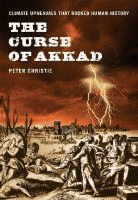 The Curse of Akkad/ Climate Upheavals that Rocked Human History by Peter Christie “Grade 6 Up—In a refreshing look at climate change, Christie discusses the ways in which environmental conditions have shaped human history. The chapters, each discussing a different aspect of climate change, are arranged in loose chronological order. Every section opens with a fictionalized account featuring either an imagined or a real historical figure. The author then explains how climate change caused the events to occur.” From School Library Journal  All the water in the world is all the water in the world by George Ella Lyon “We are all connected by water, and this message is beautifully, lyrically delivered from poet-musician-author George Ella Lyon. Where does water come from? Where does water go? Find out in this exploration of oceans and waterways that highlights an important reality: Our water supply is limited, and it is up to us to protect it.” From the product description 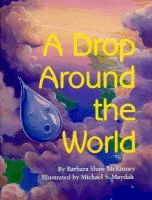 Children will never view rain in the same way after reading this book. -- The Green Teacher  “A Full Moon Is Rising [by Marilyn Singer] has an unusual concept: it celebrates the full moon with children all around the world. This gives the poet an opportunity to write about the full moon and also about different cultures. Be sure to look at the endpapers, which show a map of the world with the countries spotlighted in the book indicated by different bright colors. The countries are Australia, Canada, China/Hong Kong, Colombia, Curaçao (or rather, the ocean next to it), India, Israel, Mali, Mexico, Morocco, South Africa, Turkey, and the U.S. Plus a spot in space!” Review by Amazon reviewer K. Coombs |
Categories
All
Archives
May 2024
|
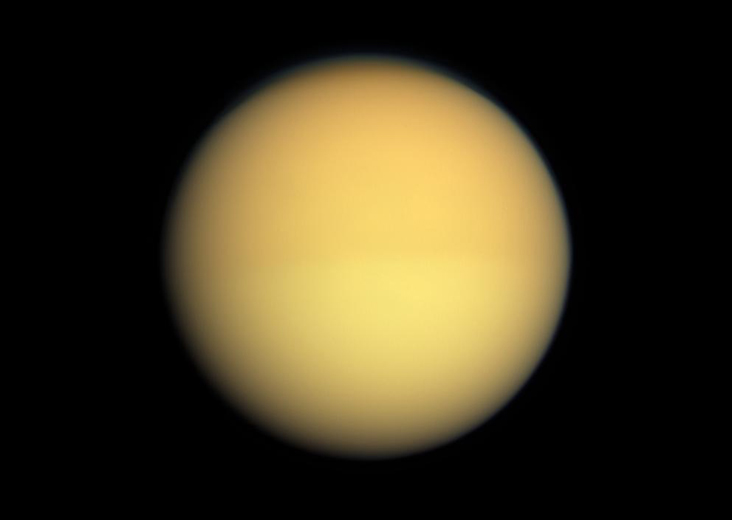
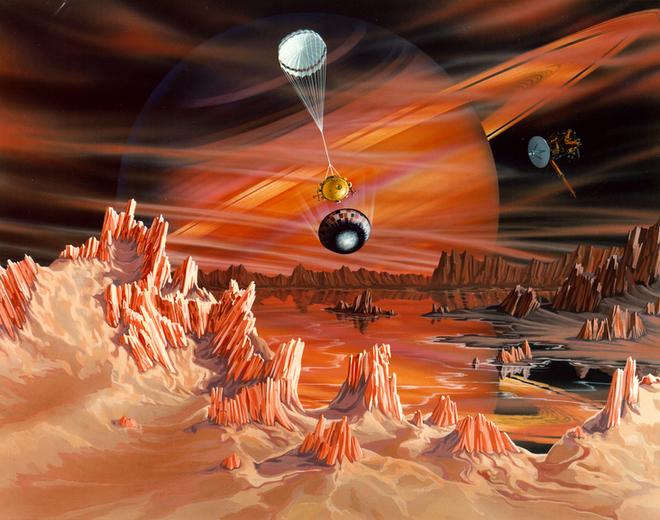
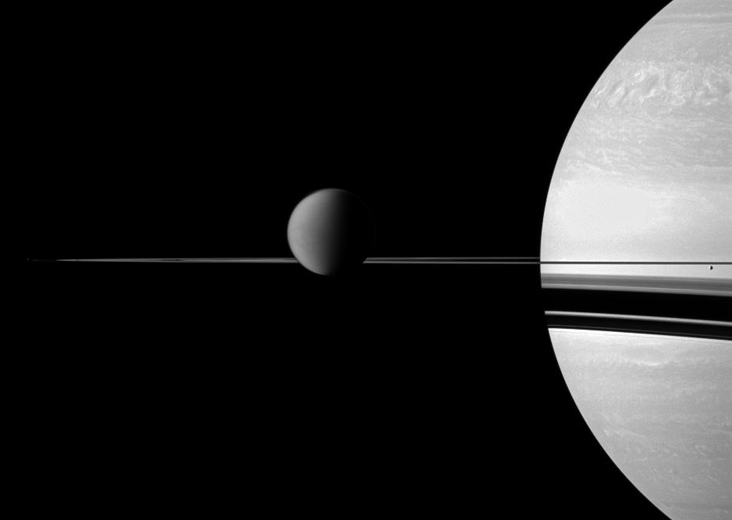
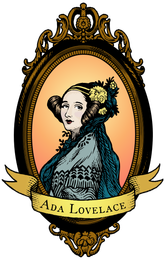
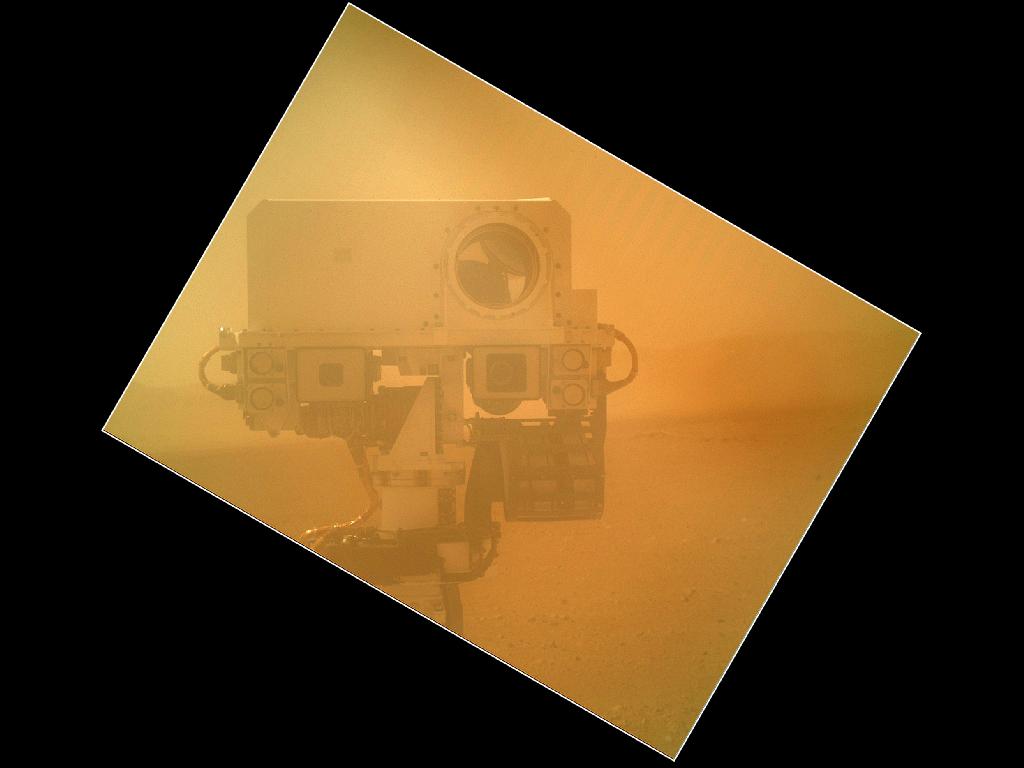
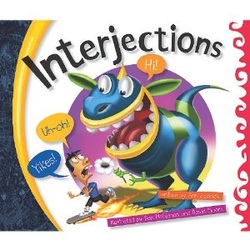
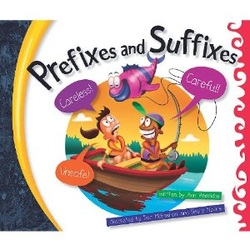
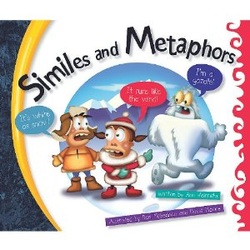
 RSS Feed
RSS Feed